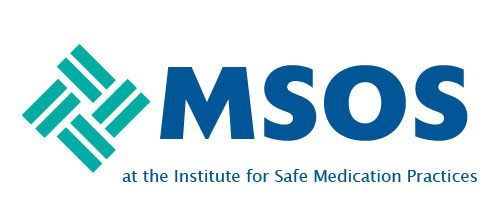With ISMP's survey results about the implementation for the newest two best practices for hospitals, it is brutally apparent that many of us have a long way to go with opioid stewardship. Specifically with identification of opioid-tolerant vs. opioid-naive patients prior to verification of extended released opoioids. Only 15% being fully implemented.
If you have either partially or fully implemented the classification AND documentation in the EMR prior to verification of an order for an extended release opioid (including fentaNYL patches), please help on the following points:
1. Do you consider your hospital/system partially or fully compliant?
2. Do you rely on an electronic tool within this definition? If so, what EMR do you use?
3. What is the workflow for identification and documenting?
4. Since there are a few definitions of opioid-tolerance, which one does your system use? Does this have downstream consequences with regards to clinical workflow?
Thank you in advance for your comments.

